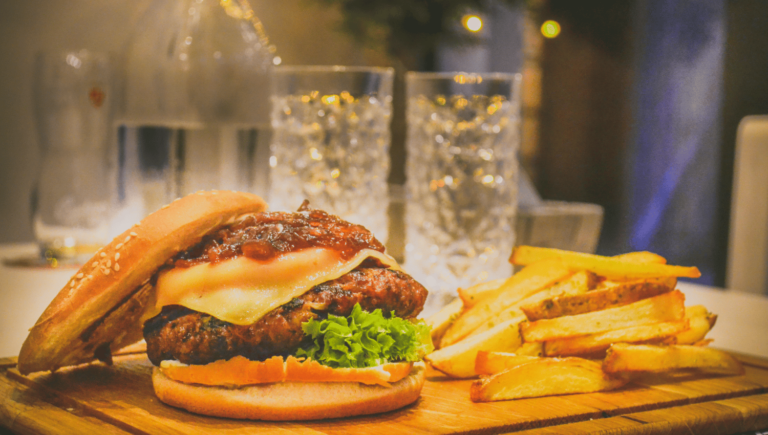Understanding a Country’s Balance of Trade: Factors and Implications
A country’s balance of trade, defined as the difference between its exports and imports, is a crucial indicator of its economic health and global competitiveness. This blog explores the factors that influence a country’s balance of trade and discusses the significance of trade surpluses and deficits in relation to economic growth and currency value.
Factor Endowments: Labor, Land, and Capital
Factor endowments, including labor, land, and capital, play a significant role in determining a country’s comparative advantage in international trade. The abundance and productivity of these factors influence the types of goods a country can produce efficiently. For example, a country with abundant unskilled labor may specialize in low-cost labor-intensive manufacturing, while a country rich in natural resources may focus on resource extraction and exports.
Trade Policies and Barriers
Trade policies and barriers imposed by governments, such as tariffs, quotas, subsidies, and regulations, can greatly impact a country’s balance of trade. Protectionist policies that restrict imports or promote exports can alter the relative prices of goods and services, influencing their attractiveness in global markets. High import tariffs and duties can lead to larger trade deficits, while open trade policies can enhance export competitiveness.
Exchange Rates, Foreign Currency Reserves, and Inflation
Exchange rates, foreign currency reserves, and inflation also affect a country’s balance of trade. A strong domestic currency can make exports more expensive and less competitive in international markets, potentially leading to trade imbalances. Insufficient foreign currency reserves can hinder a country’s ability to import machinery and technology, limiting productivity and trade growth. Additionally, high inflation rates can increase production costs, impacting the price competitiveness of exports.
Demand for Goods and Services
The demand for a country’s goods and services is a vital determinant of its balance of trade. Changes in global demand for specific products, such as oil or high-tech electronics, can affect export revenues and trade balances. Economic conditions, income levels, and demographics of both domestic and trading partner countries all influence demand patterns and trading behaviors.
Technological Advancements
Technological advancements play a crucial role in shaping a country’s balance of trade. Improved production processes, higher-quality goods and services, and digital trade capabilities can enhance a country’s competitiveness in global markets. Increased export competitiveness and diversification can be achieved through technological innovations and infrastructure development.
Natural Resources
Abundant and valuable natural resources, such as minerals, oil, gas, and agricultural products, contribute to a country’s export earnings and can positively impact its trade balance. However, fluctuations in global commodity prices and overreliance on specific resources can create trade vulnerabilities and economic challenges.
Global Economic Conditions
Global economic conditions, including growth rates, exchange rates, and overall demand, significantly influence a country’s balance of trade. Economic recessions or slowdowns can lead to reduced demand for goods and services, impacting exports and trade balances. Conversely, strong global economic growth and consumer confidence can stimulate demand and boost exports.
Demographics
Demographic factors, such as population size, age distribution, income levels, and education levels, can impact a country’s balance of trade. Large populations can create substantial domestic markets and drive demand for goods and services, both domestically produced and imported. Age demographics and labor force availability also influence production capabilities and trade patterns.
Implications of Trade Surpluses and Deficits
A trade surplus occurs when a country’s exports exceed its imports, contributing to economic growth, job creation, and foreign exchange reserves. A trade deficit, on the other hand, occurs when imports surpass exports, potentially leading to increased borrowing, reduced foreign exchange reserves, and economic imbalances. The impact of trade imbalances on a country’s currency value depends on the exchange rate dynamics and overall market conditions.
A country’s balance of trade is influenced by a complex interplay of factors, including factor endowments, trade policies, exchange rates, demand, technological advancements, natural resources, and demographics. Understanding these factors and their implications for trade balances is essential for policymakers and businesses aiming to promote sustainable economic growth and international competitiveness.
Source: https://www.investopedia.com/ask/answers/041615/which-factors-can-influence-countrys-balance-trade.asp












